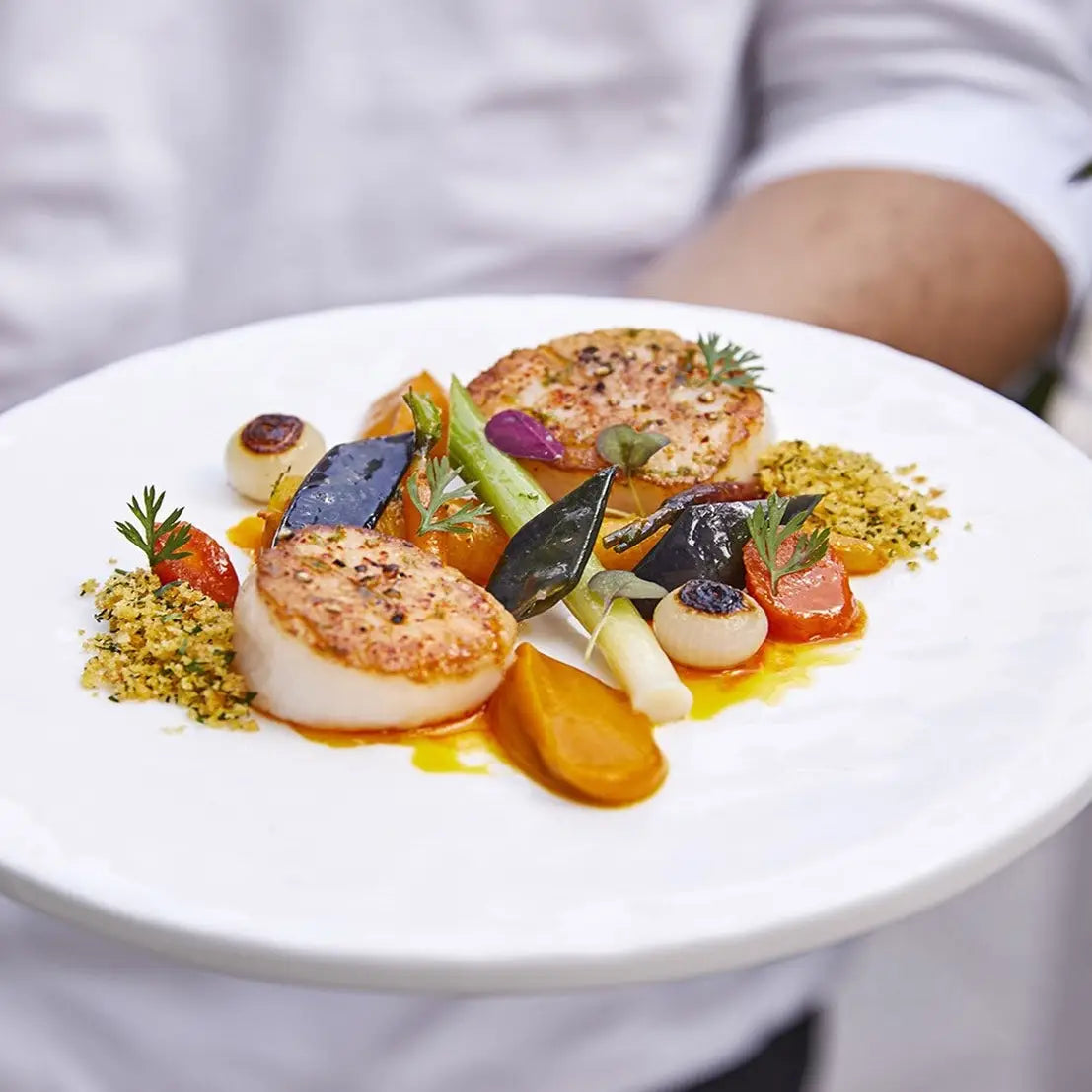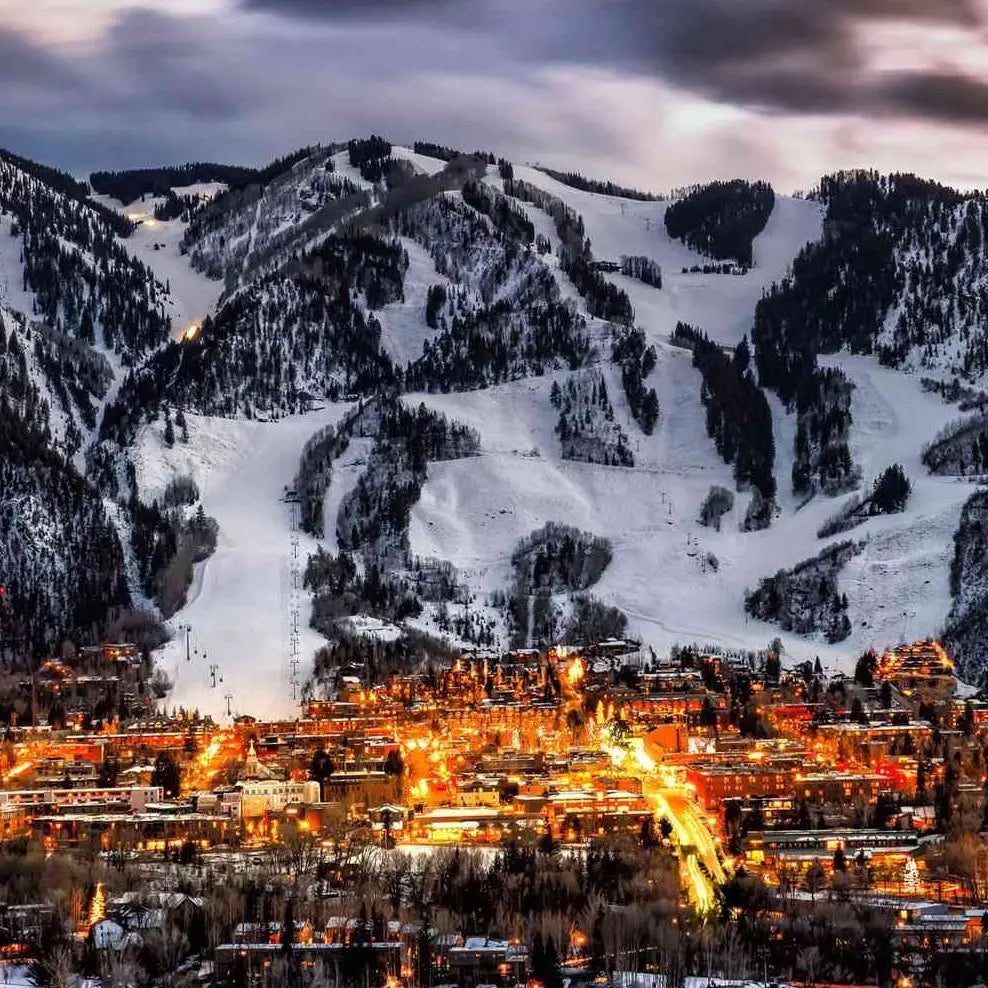
The Birth of the Michelin Guide – Where Tires and Bistros Converged
Some stories stand the test of time effortlessly. The story of Michelin, once a modest tire manufacturer from Clermont-Ferrand, is one such example. How a company that began with rubber and air managed to shape the course of gastronomy is nothing short of fascinating.
Innovation on Wheels
The year is 1891. Édouard and André Michelin, two visionary brothers, introduced a detachable pneumatic tire. A revolutionary idea, but let’s be honest: the public wasn’t exactly enthusiastic. Why trust air when wood had sufficed for centuries? It was a time when speed was met with suspicion, and even the first steam train, with its dizzying 25 kilometers per hour, was enough to stir widespread doubt.
The brothers, however, looked beyond the horizon. They knew that mobility was the future, but that future needed to be made accessible. That’s where their strategy came into play. How do you get people out of their comfort zones? By creating a guide that not only explained how to change a tire but also showed where to refuel, which roads were worth taking, and—of course—where to eat and stay.
From Guide to Institution
The first Michelin Guide, published in 1900, was free. The idea was simple: encourage people to travel while simultaneously creating demand for cars—and tires. It worked. The guide literally and figuratively lowered the barrier to using a car. But when André Michelin walked into a workshop and saw his guide being used as a makeshift support for a workbench, he realized it was time for a change in direction. He turned their previously successful marketing strategy on its head.
From that moment on, the guide was sold for seven francs, and the impact was immediately noticeable. People began treating it more carefully, and demand only increased. Restaurants and hotels mentioned in the guide saw a surge in visitors. The demand for advertising space also grew exponentially. Michelin realized their guide was more than just a marketing tool—it had become an authority.

The Star System
With great influence comes great responsibility. Michelin assembled a team of anonymous inspectors who began evaluating restaurants based on objective criteria. In 1931, the now-famous star system was introduced:
• One star: A fine restaurant – worth a stop.
• Two stars: Excellent cuisine – worth a detour.
• Three stars: Exceptional dining – worth the journey.
And yes, with just one star, as a chef, you suddenly found yourself in a completely different game. The criteria—quality of ingredients, harmony of flavors, mastery of techniques, the personality of the chef, and consistency—became the guiding standards. Inspectors typically visit restaurants between 3 and 10 times, always anonymously, to ensure the most fair and objective assessment possible.
Today, Michelin has around 120 inspectors worldwide, each responsible for visiting hundreds of restaurants per year. On average, an inspector works their way through 250 to 300 tables, dishes, and courses—a work ethic that, let’s be honest, doesn’t sound too unpleasant. The job is usually performed solo, although a companion is allowed. However, since the companion must cover their own expenses, one might wonder if that’s always feasible on an average salary.
And what does an inspector earn? Michelin remains discreet on this topic, but estimates suggest a starting salary of around €60,000 gross per year. With the right experience and years of service, this can rise to approximately €80,000 or more. It’s worth noting that gastronomy itself likely forms the biggest part of the reward. As for whether a companion always fits into the picture? To share or not to share, that is the question.

The Culinary Landscape
Where can you best experience this culinary refinement? Paris naturally tops the list, boasting 101 Michelin-starred restaurants, including ten with three stars. But for the highest concentration of starred restaurants per capita, the surprising winner is Baiersbronn, Germany. This small town of just 15,000 residents is home to three Michelin-starred restaurants. If sheer numbers are what you’re after, look no further than Tokyo. With over 200 starred restaurants, it remains the reigning champion.
From Rubber to Refined Dining
What began as a practical guide to make travel more accessible has transformed into a symbol of culinary excellence. And as we savor a Michelin-starred meal, one thought lingers: it all started with a pair of tires and a dream to get the world moving.
Culinary Leaders in 2024
The top three countries dominating the Michelin-starred restaurant scene in 2024 are:
• France: Leading with the highest number of starred restaurants and 30 prestigious three-star establishments.
• Italy: Renowned for its rich culinary tradition, with 14 three-starred restaurants.
• Japan: Celebrated for its refined artistry, boasting 20 three-starred restaurants.



